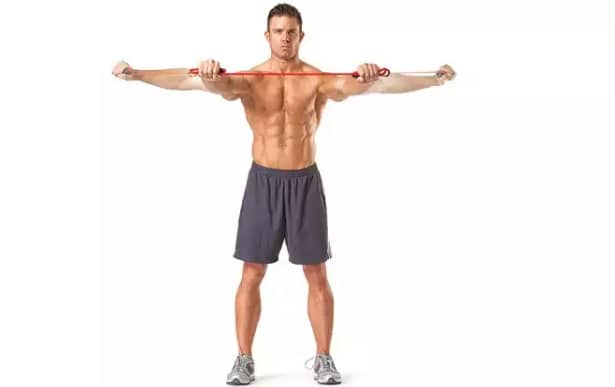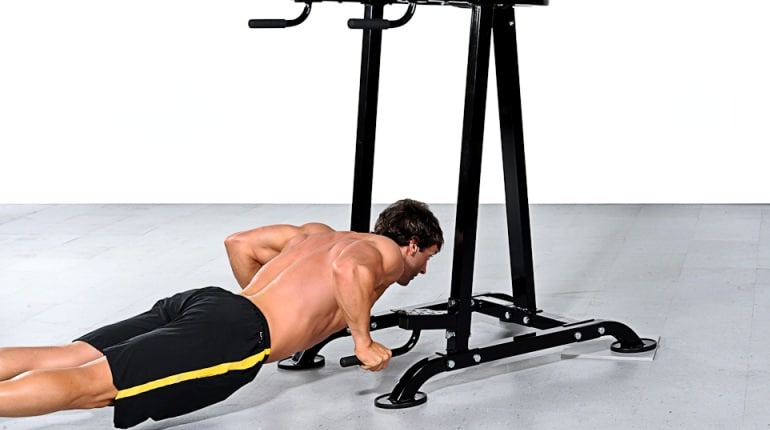As part of strength training, body building requires weight lifting and several other activities that are done against resistance. Strength training allows you to lose excess body weight, while simultaneously helping you build the right muscles, prevent muscular injuries, and attenuate joint and back pain.
Choosing the right weights, however, is vital in order to get these benefits from this exercise. Few beginning body builders are aware of this, and it is something difficult to understand. Unlike regular people, body builders cannot determine the right weights based on the height to weight ratio, because of their greater muscle mass. Therefore, here is a guide to help body builders choose the right weights.
Weight to height
This proportion is a standard for regular people. However, one approach has been developed by trainers where the weight to height ratio (or the BMI) is adjusted for body builders. The weight-height charts are thus adjusted from five to ten pounds of body mass for each inch of the body builder’s height. Similarly, a less common approach is to use the bone to muscle ratio to measure your ideal weight and use this to determine the right weight for you.
What is too much weight
Often amateur builders, particularly women, are too afraid to lift heavier weights. This prevents them from actually getting the maximum benefit from the activity. A regular routine for strength training or body building doesn’t always result in bulking up unless you adjust your meals accordingly. Particularly for women, this means taking the right steroids, which are easily available from websites such as dumbbellshop.org.
The weights you use in strength training should ideally be heavy enough to be a challenge for your muscles. Only then will the training result in the development of muscle strength and help achieve the desired results.
Weights are not everything
For strength training and body building, lifting weights is not the only exercise involved. Professional body builders actually put in a lot of effort to develop workout routines they can follow throughout the week, and these sessions are several hours long. These workout sessions involve multiple sets of different types of exercises, with several repetitions, to allow for the muscles to be challenged.
Trying out weights
The best way to find the perfect weights is to try them out. Experts suggest that you should initially use weights that you can exercise with in your perfect form. While doing this, it is a good idea to do at least 10 repetitions of the exercise before you become too tired. This way you can easily figure out which weights are too heavy. That is, which weights tire you out too quickly, or you cannot exercise with a perfect form, or which are too light, so they don’t really challenge you.
If you can easily do 12 repetitions of an exercise on a given weight, it is suggested that another pound be added to the weights. This is usually required over time because your muscles start getting used to the workout routine. To keep the workout challenging, you can also use various machines to sculpt your muscles at particular angles.
These tips and tricks can ensure you choose the right weights for your body, so you get the maximum benefit from your training in terms of muscle strength.

